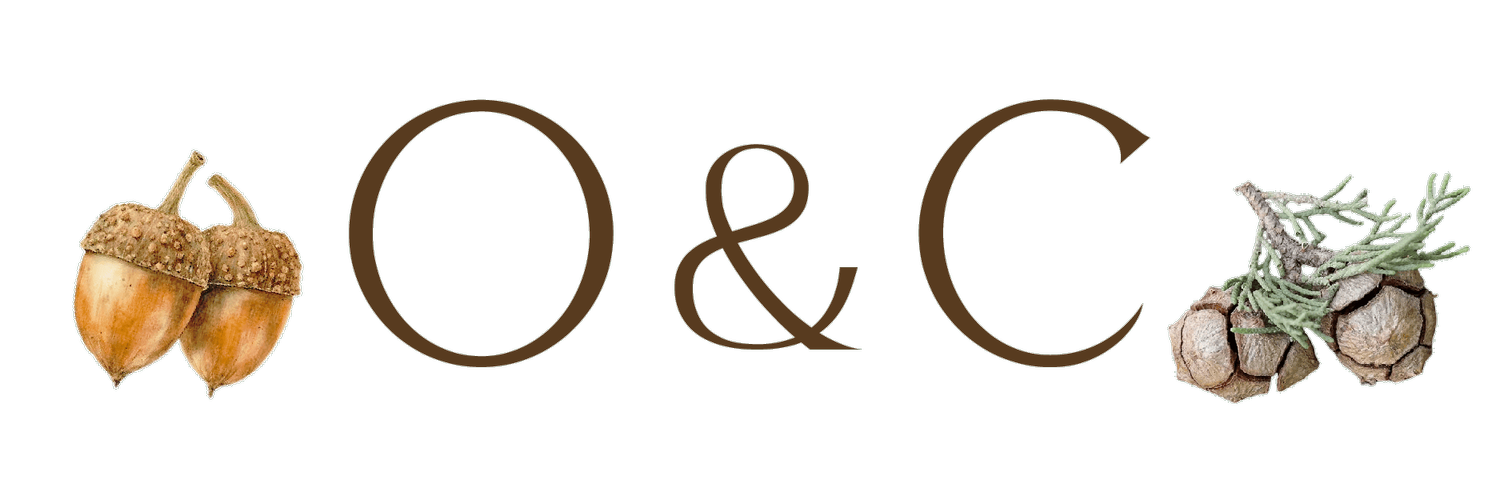Polyamorous Relationship Structures
Polyamorous folks often talk about “stepping off the relationship escalator.” This metaphor references the social expectations for how monogamous relationships should progress: becoming acquainted, dating, living together, marrying, and having children. Each “step” on the “escalator” is one step closer to supposed fulfillment. And for some folks, they truly are! But for others, that path isn’t the right fit. When individuals or couples step away from those expectations and start designing different relationship structures, the options can be liberating. They can also be tremendously overwhelming. Partners might wonder: do I want to have a third partner or more than a third? Do I want my partners to connect with each other? Is one of my partnerships going to be the most important? Who gets to make decisions about my life and time? What about my friends and family—where do they fit into all of this? Let’s walk through what some of those options might look like for folks choosing to be in polyamorous relationships.
Hierarchy in Poly Relationships
One of the first major decisions poly folks have to make about the structure of their relationships is whether they want a primary relationship or not and who gets what decision-making power within their different connections. Different poly relationships feature different levels of hierarchy.
Hierarchical Polyamory
In hierarchical polyamory, one relationship is primary and takes priority above all others. Partners practicing hierarchical polyamory usually prioritize the primary relationship for most or all decision-making. Partners in the primary relationship may spend the most time together, share finances, share children, and make decisions together about family events, holidays, use of time, etc. without the input of other partners. Other partners may be considered secondary or tertiary.
Non-hierarchical Polyamory
Individuals who practice non-hierarchical polyamory do not prioritize one relationship above other relationships. All partners have some form of say in decision-making, and each relationship within the polycule is considered to be of equal importance. Responsibilities are usually shared.
Relationship Anarchy
Individuals who practice relationship anarchy take the position that all connected relationships are equally important, whether they are with romantic partners, sexual partners, friends, or family. Polyamorous individuals practicing relationship anarchy usually avoid putting relationships in categories and don’t often make decisions based on the “level” of the relationship. They may choose to cohabit with friends but not romantic partners, for example.
Common Polycule Structures
After determining the level of hierarchy they want in their relationships, poly folks can explore what structure they want their connections to take. Relationships with more than two people who are romantic and sexually involved in some way are often called polycules. The following three structures are among the most common, though by no means the only, structures poly folks adopt.
The “V”
V relationships are made up of three individuals. One partner acts as the point from which the relationship branches out, connecting two different people who are not romantically or sexually involved with each other. In a V structure, these two people may not interact at all, may be acquainted, or may even be very close friends, but their relationship lacks any sexual or romantic dimension. These two individuals are called “metamours,” which is the term for people with a common partner that are not also dating each other.
Triads
Triads are also composed of three individuals, but in contrast to the V structure, partners in triads are all romantically or sexually engaged with each member of the triad. Sometimes this structure is referred to as a “throuple.” Sometimes triads are closed (polyfidelitous), meaning the three individuals only date each other, but in other cases, the triad is open and the members of the triad may have their own V relationships with others outside of the triad.
Quads
Quads consist of four individuals that are in a romantic or sexual relationship with each other. As with triads, quads can be closed or open. Sometimes they form as the result of two couples dating each other, other times as the result of a triad adding a fourth member.
Sometimes the above-described relationship structures evolve naturally based on connections individuals and partners make. Other times, folks choose the structure they think might work best for them and then re-evaluate as their relationships evolve over time. The possibilities for poly relationships go far beyond the scope of this overview; however, knowing some of the possibilities can help individuals and partners considering polyamory ask themselves questions about what might be the right fit for them at this time. If you’d like support starting or navigating that conversation with yourself and your partner, reach out using the Connect with Christopher link at the top of the page. I’m happy to help!


